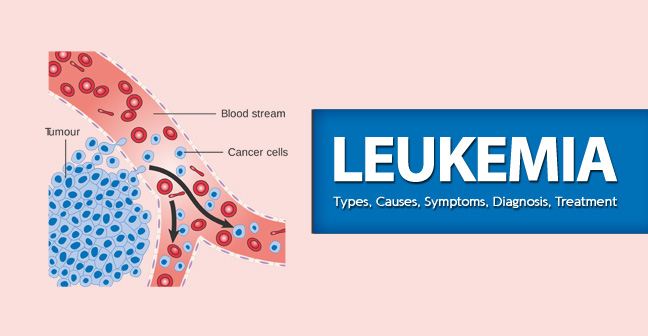
Leukemia is a type of blood cancer which is caused by the infection in Bone Marrow. Through the infection in Bone Marrow, the cancer cells can directly influence the production of new cells, mainly the white blood cells/ lymphocytes which increases the chance of being caught by Leukaemia.
Leukemia is often diagnosed in kids of age under 15 years or in adults of age 45 and above. Out of all blood cancer cases, about 80-90% of them are of this category. Also, note that Leukaemia is not a one-time infection, it is developed over the period. In a healthy body, the cells grow, multiply their number and then die which is immediately replaced by other new cells whereas the infected/ cancerous cells developed in bone marrow, grow and multiplex just like healthy cells but their lifespan is increased. And if it is not detected in time, cancer cells will outrank the healthy cells in the human body and make you infected.
Leukemia is Further Classified Into Four Sub-Types:
Acute Lymphoblastic Leukemia
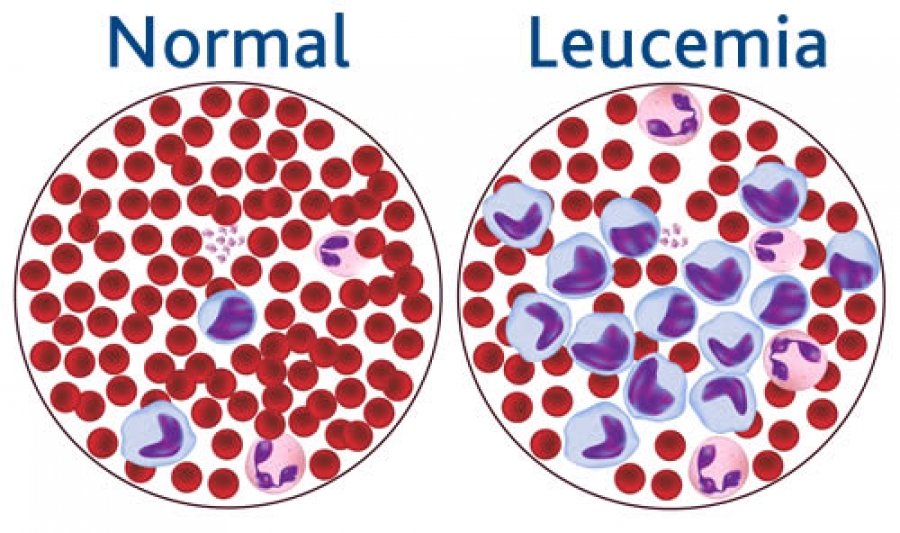
In this type of Leukemia, the bone marrow produces a large number of abnormal and immature lymphocytes called Lymphoblasts.
Acute Myeloid Leukemia
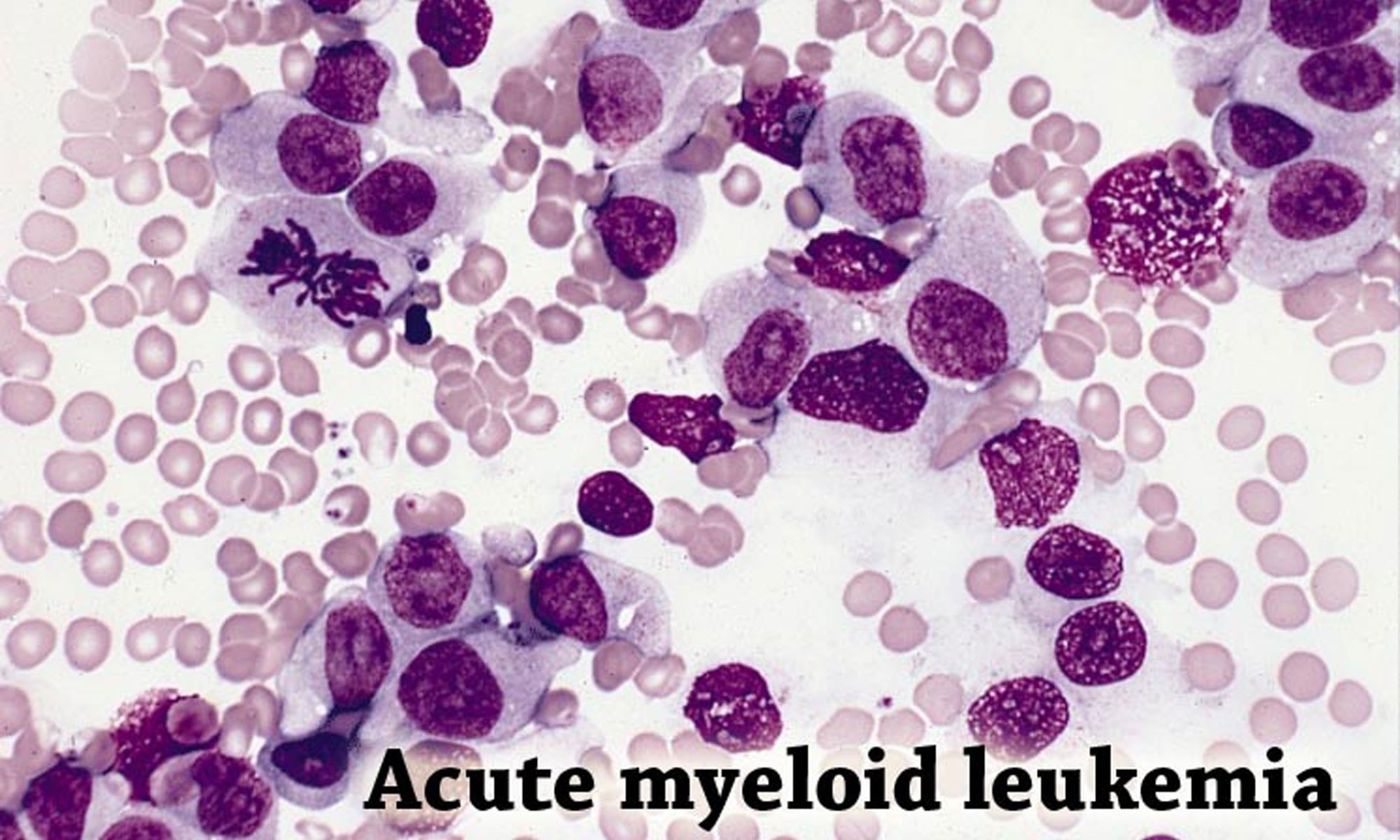
Acute Myeloid Leukemia is the state of a body in which bone marrow generates a large number of abnormal and immature white blood cells which is known as blasts.
Chronic Lymphocytic Leukemia

When a body produces a large number of abnormal B lymphocyte white blood cells, they are under the threat of Chronic Lymphocytic Leukemia. These abnormal B lymphocytes grow with time as it possesses a longer lifespan compared to healthy body cells. Also, it is difficult to distinguish between the normal and abnormal lymphocyte under the microscope.
Chronic Myeloid Leukemia
When the stem cells present in bone marrow behaves abnormally, it is known as Chronic Myeloid Leukemia.
Causes of Leukemia
There are various risk factors which are associated with the cause of Leukemia like:
- Inherited Genes or any family history of Leukemia
- Petrochemicals like benzene
- Smoking (mostly leads to acute myeloid leukemia)
- Radiation: Any radiotherapy treatment for any disease in the past or because of continues contact with high radiation
- Genetic Disorder most commonly Down’s Syndrome
- Blood Disorders like Myelodysplastic Syndrome
- Weak Immune System
- Hair Dyes
- Virus-like HTLV-1 and HIV
Symptoms of Leukemia
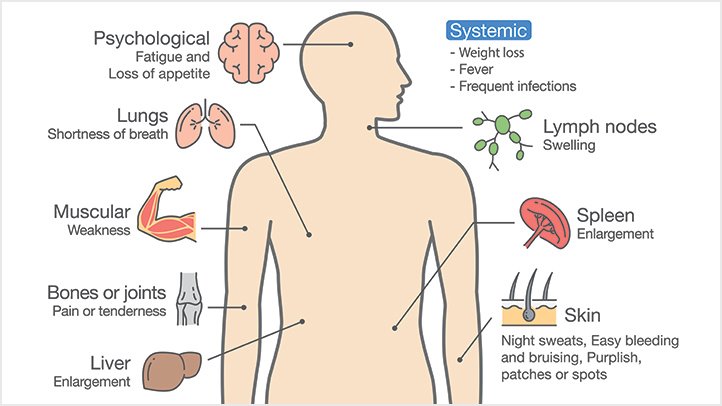
A body suffering from Leukemia shows a different number of signs and symptoms. Again, keep in mind that these symptoms can vary according to the immunity of your body. Also, you should always be aware of these symptoms as they turn more severe over time.
- Anaemia: Anaemia becomes a symptom as the rate of Red Blood Cells in the body goes down.
- Body Pain
- Nausea and Vomiting
- A headache
- Sweating problem especially the Night Sweats
- Tiredness, Fatigue (Don’t get away even after a warm rest session)
- A bleeding problem as the platelet count of the body goes down
- Undesired Weight Loss
- Swelling of Lymph Nodes
- Frequent Infections because of the lower number of WBCs in the body
- Recurring Fever and Chills
Diagnostic Test For Leukemia
There are a number of diagnostic tests which the doctors perform to verify Leukemia and its level.
Blood Test: This is one of the most suggested options for diagnoses of Leukemia. The blood test reports give the exact idea about Leukaemia, but doctors carry out further advance blood test for confirmation.
Bone Marrow Sample: The cancerous cells target the bone marrow to cause Leukemia. So, this is also an effective way to detect this blood cancer type. This test is conducted by giving local anesthesia to the body, followed by the insertion of a needle in the pelvic bone. Through this, the doctors bring a tiny portion of bone marrow out of the body and check its status under the microscope. Another option which is available is the blood test of the Bone Marrow Sample.
Lumbar Puncture: To conduct this test, a small amount of cerebrospinal fluid (CSF) is required which is present around the spinal cord. To withdraw cerebrospinal fluid (CSF), a needle is inserted between the Vertebrae in the lower lumbar region of the spinal cord. This test is most effective when we want to check the spreading of Leukemia.
Cell and Chromosome Analysis: All the above test helps us in detecting Leukemia, but this test will help you know about the specific type of Leukemia from which the patient is suffering as it tells you precisely about the suffering cell.
Treatment of Leukemia
Leukemia is a treatable disease if proper care and treatment are given to the patient. Multiple treatments are available for Leukemia like:
Stem Cell Transplantation: Stem Cell Transplantation is one of the ideal ways to treat Leukemia. In this treatment, the infected bone marrow is replaced by uninfected bone marrow. Again, these are of two types: autologous transplantation (in which your healthy bone marrow is used as a replacement) or autologous transplantation (in this donor donates you a healthy bone marrow).
Immunotherapy: In this treatment, the immune system is made to remember and attack the cancer cells.
Chemotherapy: Currently, this is the most used treatment for Leukemia. According to the Leukemia type, the drugs are injected or given to the body to kill the cancerous cells. The general drawback of chemotherapy is that the chemo drugs also infects the healthy cells.
Radiation Therapy: In Radiation therapy, a specific area is targeted where the complete radiation will be focused. In this way, the leukemia cells of a particular portion are killed, or their further expansion is reduced.
Targeted Therapy: In Targeted Therapy, medicines are given to the body according to the vulnerability of cancer cells.
So, go for an immediate check if you are facing any of the symptoms. Also, if you have any query or confusion in mind, you are free to contact us. Don’t miss to read about other types of Blood Cancer
Leave a reply


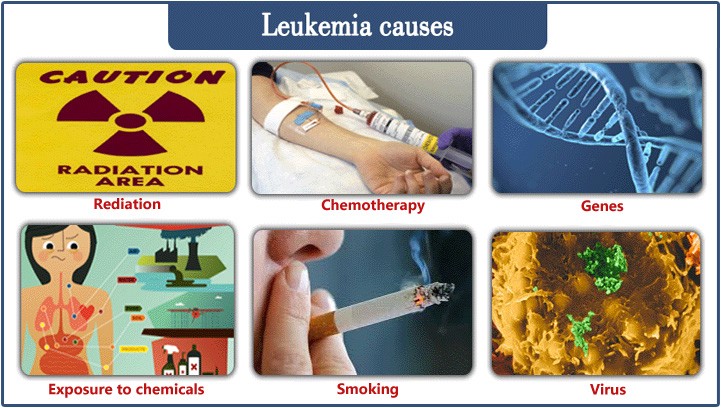


Leave a reply